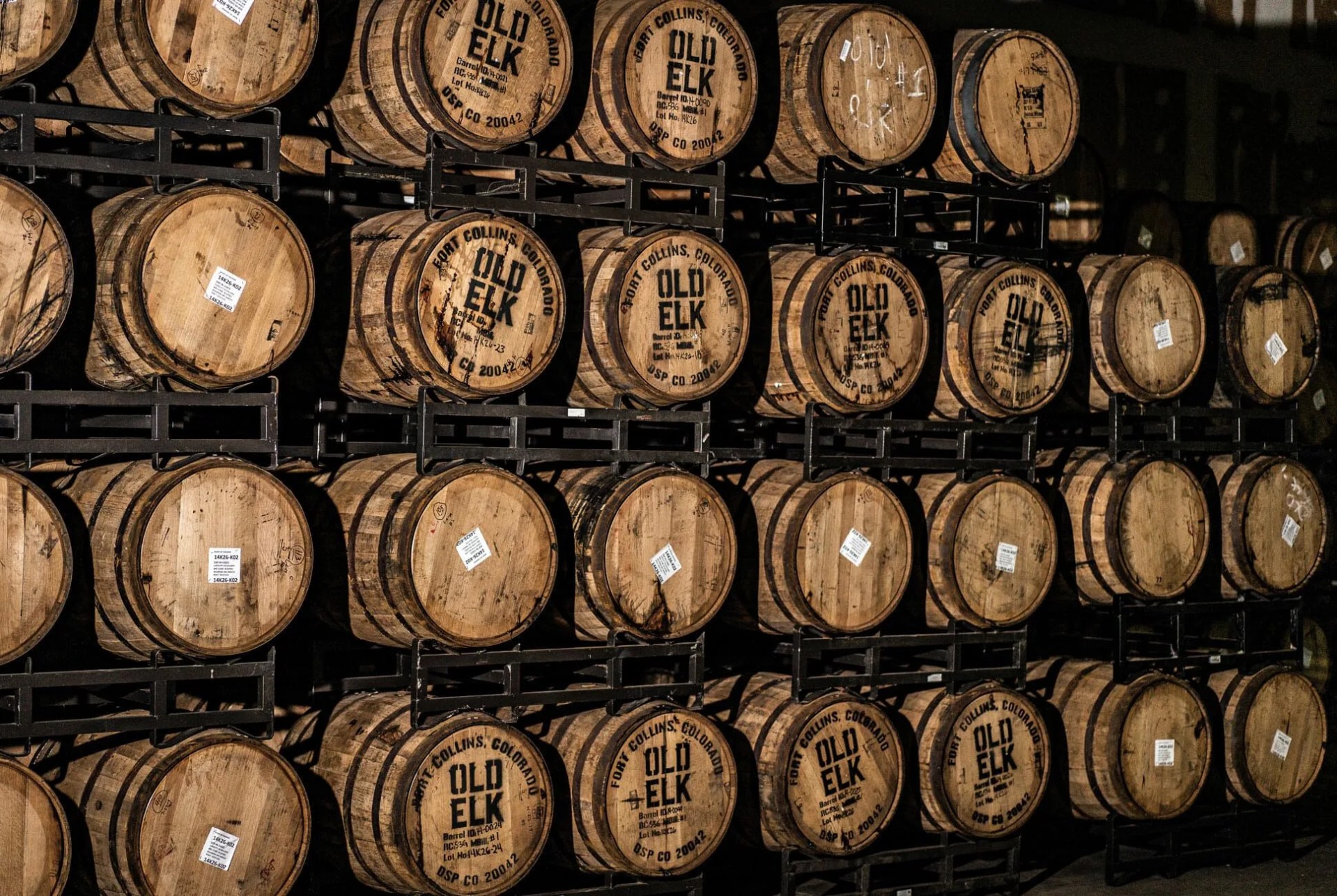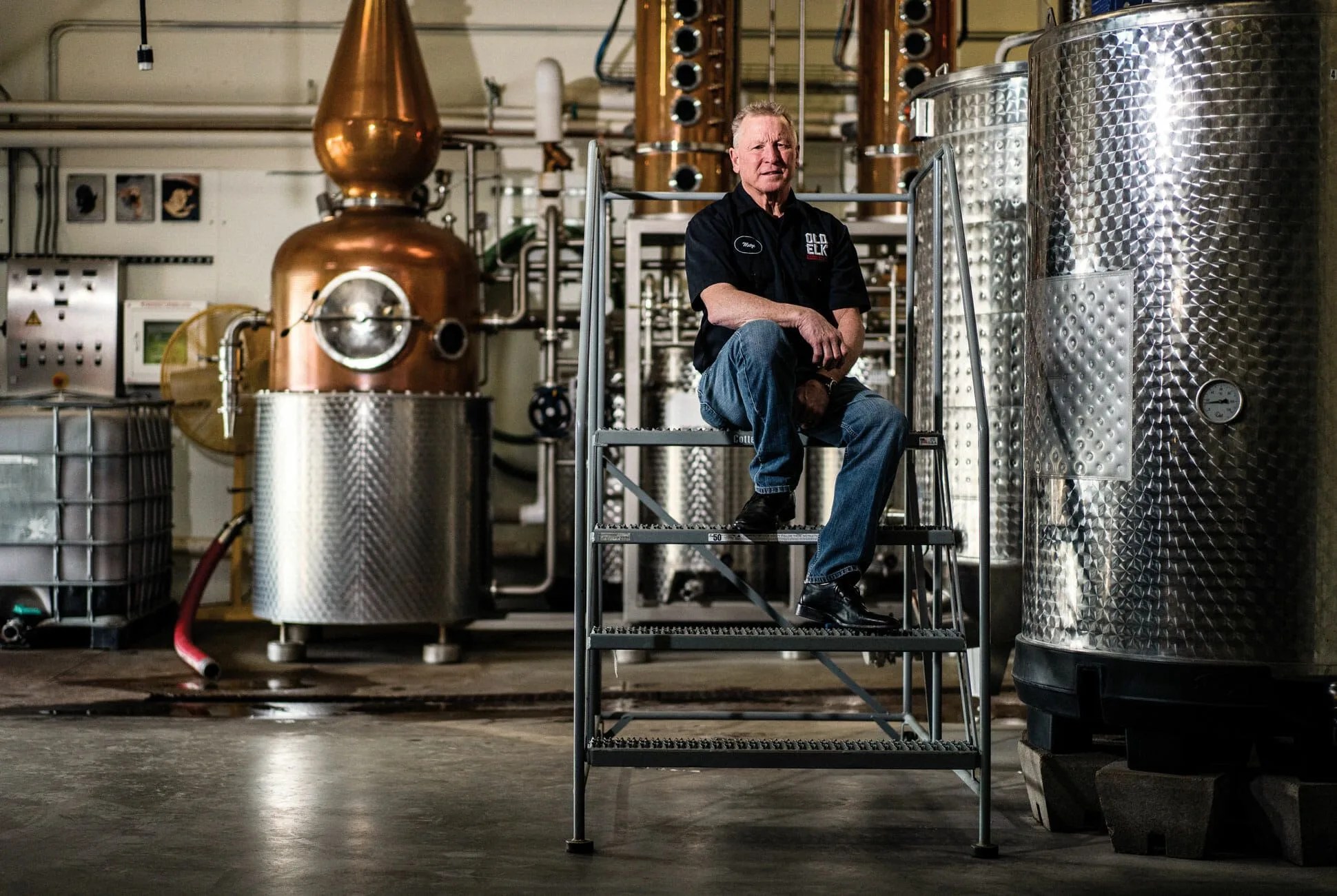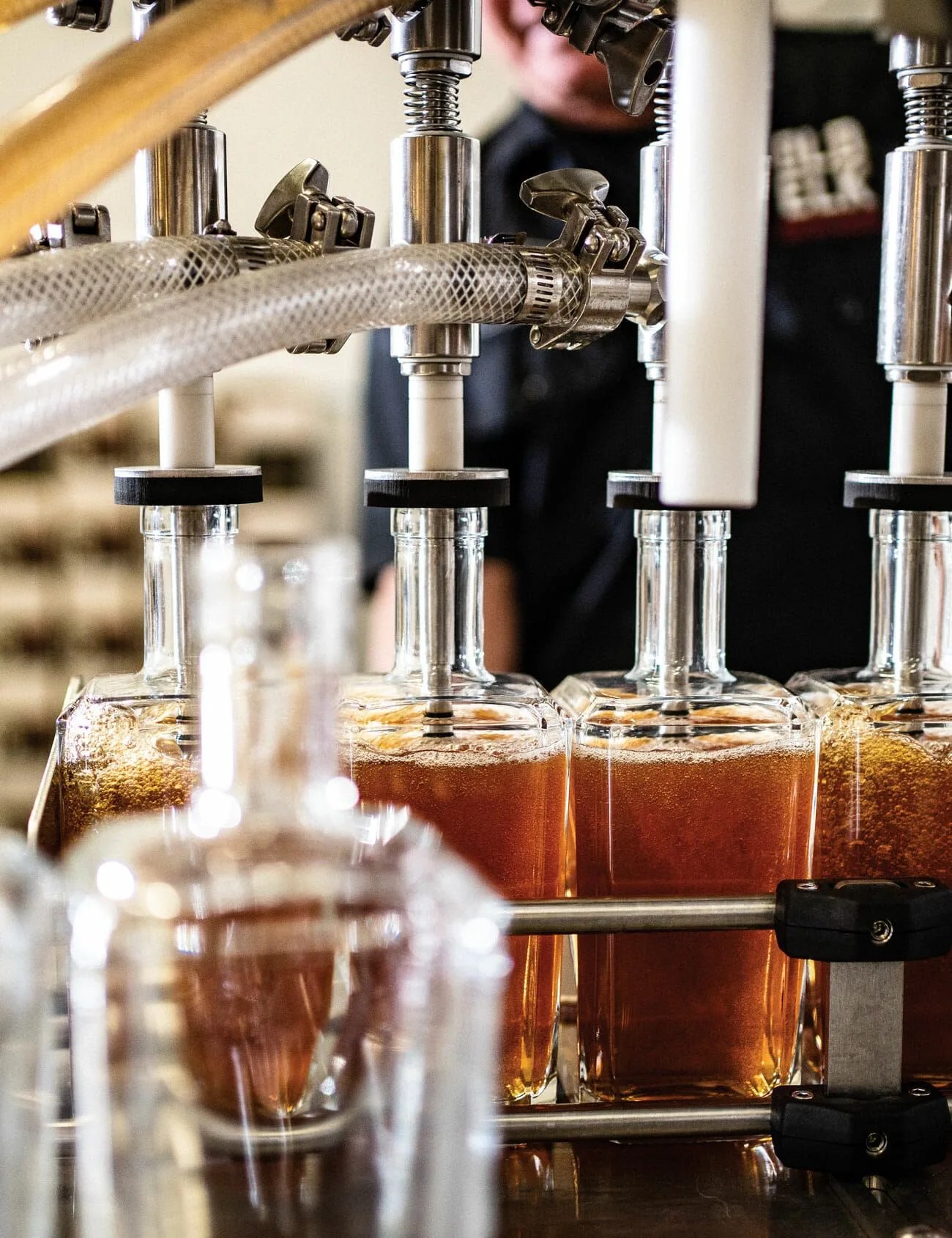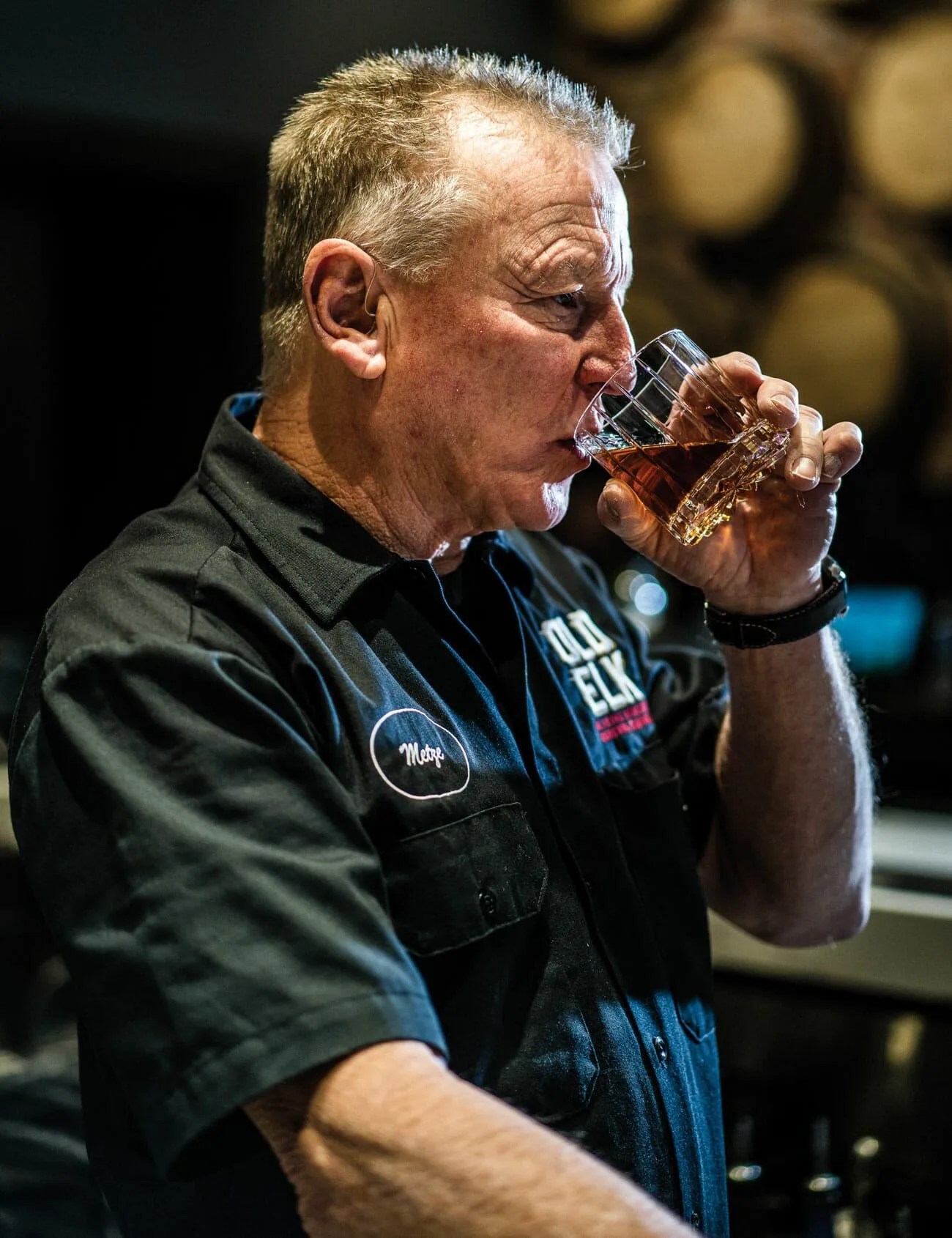This story is part of our Summer Preview, a collection of features, guides and reviews to help you navigate warmer months ahead.
Greg Metze is the reason you drink craft whiskey, even if he can’t say why. He can tell you that, as a former master distiller at MGP in Lawrenceburg, Indiana, he presided over the production of whiskey, but he can’t explain how his creations ultimately filled the bottles of more than 120 brands. He certainly can’t mention any of those brands by name, nor can he discuss the role he played in the creation of any of the mashbill recipes that begot award-winning bottles, such as Bulleit 95 Rye. An iron-clad nondisclosure agreement Metze inked when he departed MGP in 2016 compels his silence.
When building a profile on the man who underpinned a wide-sweeping movement, the inability to probe about his stint at the helm of the distillery where said movement began proves daunting. But it’s also fitting. Metze shares a number of traits with his erstwhile employer, Midwest Grain Products Ingredients: a preference for shadows over spotlights and substance over flash, and a belief that quality products need not be spoken about; they can speak for themselves.
 Chet Strange
Chet StrangeThat’s why MGP doesn’t talk much about what emerges from its Indiana distillery, where Metze lovingly labored from 1978 through 2016, through four ownership changes. When MGP took the reins in 2011, it quickly brokered deals to sell scores of aging whiskey to the various microdistillery upstarts springing up across the country. Most of the outbound barrels were filled under Metze’s meticulous eye and palate, and selected by buyers at various brands for their superior taste. (Rumor has it that George Dickel, Smooth Ambler, High West, Hirsch, Angel’s Envy, Rebel Yell, Redemption, Widow Jane and dozens more have all bought juice from MGP, but mutual NDAs prohibit official confirmation.)
Metze found his way to whiskey through “dumb luck.” He graduated from the University of Cincinnati with a degree in chemical engineering and quickly landed a job at Seagram’s, the time-tested distillery in Lawrenceburg, Indiana. He was 23 years old and eager for work. “All I knew about Seagram’s was that the distillery smelled real good when you drove past it,” Metze says.
Seagram’s distillery is old and storied but it doesn’t trade in heritage and folk tales. In the ’40s, it had a cadre of Ph.D. scientists who researched every aspect of whiskey-making, from the grain harvesting through the maturation process, condensing the sum of that knowledge into two books dubbed the Blue Bibles. “I think I still have copies somewhere,” Metze muses. “Once those methods were established, it was up to the earlier generations to teach the new generations.”





